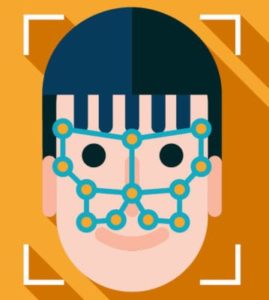Trinamix, a subsidiary of the German chemical giant BASF, is reportedly planning on demonstrating its highly-anticipated 3D imaging solution at next month’s Mobile World Congress Shanghai from February 23 to 25.

Trinamix’s proprietary technology uses a unique combination of 2D infrared images, a 3D depth map, and the backscatter from infrared beams to identify various surface materials with a high degree of accuracy.
As VentureBeat reports, this method was discovered by Ingmar Bruder while working for BASF, researching how to make organic photovoltaic paint. Bruder went on to found Trinamix in 2015, and, recognizing the new technology’s benefits to the rapidly growing face biometrics and fraud detection industries, applied it to discerning the difference between everything from a photograph of a person’s face printed on paper and a person wearing a highly realistic mask, to a recently deceased person and a living one.
With the need for remote authentication surging upward in recent months due in large part to the ongoing COVID-19 pandemic and the various measures taken to limit its spread, cases of fraud and cybercrime have risen almost proportionately. Recent smartphone trends — beginning with Apple’s launch of Face ID in 2017’s iPhone X — have put facial recognition into the spotlight as a popular authentication method for consumers, and though more secure than a PIN/Password setup, the technology is not without its risks.
“When you have 3D sensing technologies in the phone, you can create a more secure facial recognition than you have when you just use a selfie camera,” said Trinamix 3D imaging director, Dr. Stefan Metz. “When you have a selfie camera, you can basically just print out a photo of the person in front of the camera. When that means someone can access your bank account, that’s not so funny.”
Due to the growing popularity of OLED (organic light-emitting diode) screens in today’s smartphones, the need for the kind of liveness detection that Trinamix’s technology offers is also growing.
The company says the algorithm behind its solution can be used in any smartphone display, and even has its own standard imaging sensor and near-infrared projector, though most OEMs already use such hardware in their devices.
–
Source: VentureBeat

Follow Us